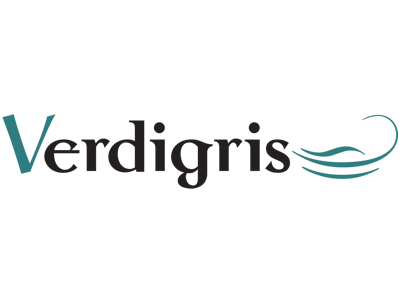We’ve not forgotten about our effort to provide a ten point plan
for companies and associations who want to be proactive with their
sustainability messaging. In the previous blogs we have suggested
improving waste management throughout the supply chain. This is a
key contributor to reducing environmental impact, especially for
printing companies dealing with pre-consumer waste.
We have also provided various suggestions for how to meet the
three Rs: Reduce, Reuse, Recycle. We had a suggestion that there
should in fact be four Rs, with the last being Renewable. In the
graphics business this could apply to printing plates for reprints,
cleaning rags and pallets for instance. Then there is managing, or
at least being aware of, the energy emissions associated with a
project. This encourages everyone in the organisation to take
emissions into account, say for transportation, the number and
types of inks and coatings and so on. That brings us to item four
on the list: engagement.
This is a tricky one because it is so subjective. It’s about
getting employees to understand their sustainability
responsibilities and to take them seriously. It’s about encouraging
people to think ecologically, even though it may not have occurred
to them to do so before. And if that’s too hard, try instead to get
people to focus on developing environmental awareness as a company
wide initiative. The good news is that awareness is already on the
rise in the wake of the revelations about plastics pollution in the
Blue Planet II television series, so the environment and plastics
pollution are already on peoples’ minds. And large brands have been
taking steps to improve the situation, as we have blogged about for
the last few weeks. It all helps.
Getting awareness levels up starts at the top, with the
company’s overall commitment to improving environmental impact as
part of the firm’s culture and values. For associations especially,
it is important to practise what you preach, and this can be
demanding for large organisations with diverse memberships.
Consider putting together a set of environmental guidelines for
members, and provide explanations of what the various ISO standards
for the environmental impact of media can do. Compiling a list of
useful environmental links can also be very helpful to members who
want to improve sustainability awareness in their company, but
aren’t quite sure where to start.
In conversations with suppliers it’s also worthwhile asking for
a brief overview of what the supplier is doing to support improving
the environmental impact of print. Many have solid credentials at
the highest levels, but when it comes to customer-facing staff, the
commitments are not necessarily clear.
We’ll continue this series over the coming months and hopefully
will end up with a ten point summary to share. In the meantime,
please keep your ideas coming. Together we can keep reducing the
negative aspects of print’s environmental impact and encourage more
positive perceptions.
– Laurel Brunner
This article was produced by the Verdigris Project, an
industry initiative intended to raise awareness of print’s positive
environmental impact. This weekly commentary helps printing
companies keep up to date with environmental standards, and how
environmentally friendly business management can help improve their
bottom lines. Verdigris is supported by the following
companies: Agfa Graphics, EFI, Fespa, HP, Kodak, Kornit, Ricoh, Spindrift, Splash
PR, Unity Publishing and Xeikon.





